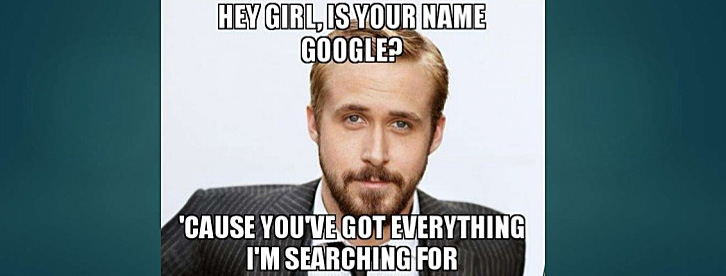SEO: Are You Attractive Enough?
Much is made in marketing circles these days of the practice of SEO, or Search Engine Optimization. We’ve all heard these terms, but what do they really mean, and how do you really optimize a page for SEO?
If you’ve got a little bit of a DIY approach to your web presence, or if you just want to understand the concepts and practices involved a little better, you might want to know a little more about SEO.
It all boils down to the algorithms
Google and other search engines produce the pages you see after you do a page search by rapidly analyzing indexed content from all over the web with their proprietary algorithms. These algorithms evaluate over 200 factors to rank billions of pages in a fraction of a second.
Google updates their algorithms every now and then, so there aren’t any hard and fast forever rules for page optimization. Whenever the search engine masters at Google get a sense that too many people are gaming the algorithms to make their pages rank higher, they’ll update the algorithms to make the artificially ranked pages rank lower and pages with what they consider to be valid content rank higher. However, there are a number of basic SEO techniques that have proven reliable over time. Here is a quick overview.
Words rule in URLs
We’ve all seen massively long URLs that make no sense to anyone but a programmer. Unless your search is a really obscure, technically specific search, it is very unlikely that you will ever see these URL show up on the first page of Google’s search results. Many SEO experts recommend using real words in the URLs you want to show up with higher rankings. Specifically, the first five or six words in the page name, separated by dashes, are the most important. If these words are also keywords that searchers are likely to be searching for, so much the better for improved search rankings.
Every page should have a title. Perfectly optimized titles contain fewer than 55 characters and should be wrapped in an H1 tag.
Images are SEO magnets
Photos, videos, gifs, and other image files will not only help your search results, but they are also known to improve the amount of time visitors will stay on your site as well as boosting the user interaction signals that the Google algorithms increasingly are looking for.
Image files can be be optimized a few ways. The first way is to make the file size as small as possible and still maintain a clear resolution. This will improved the loading time for the page, which is also one of the factors that makes a difference in where you wind up in search results.
The number-one practice for image optimization is tweaking the ALT TEXT for every image file. Since search algorithms can see the actual images, the ALT TEXT is how the search algorithm registers the content of the image; it is your description of what is in the image. This is why image ALT TEXT is another great place for keywords.
Be sure to give your image a filename that is also relevant to your content. This will also impact your rankings.
Links are magic
When your page has links to other sites that may be considered authoritative, the search algorithms notice this too and will boost your page in the rankings. These links also help the algorithms figure out whether your page is relevant to a specific search term and which other sites should be displayed along with yours in the search results that are returned.
More about keywords and content
While it is important to make sure the most relevant keywords and links appear at the top of your page, within the first one-hundred words is best. It also helps to have keywords and links peppered throughout your page.
In general, too, pages with longer content generally rank higher. Every site has to balance this with what their readers are expecting, keeping in mind that user engagement is also important.
This is just a quick overview of some of the ways you can help improve page rankings for your web presence. If your brand is counting on your web site and its search rankings to produce new leads or promote your brand’s value proposition, SEO could be a major factor in how successful your site is in achieving these objectives. In a sense, these are ways to promote your site and your brand that will work whether or not your are trying to amplify your results with paid advertising. Once you get your site optimized with these techniques, you’ll be ready to take it further, but these techniques are a great start.
Nick Rojas is a business consultant and writer who lives in Los Angeles and Chicago. He has consulted small and medium-sized enterprises for over twenty years. You can follow him on Twitter @NickARojas.





